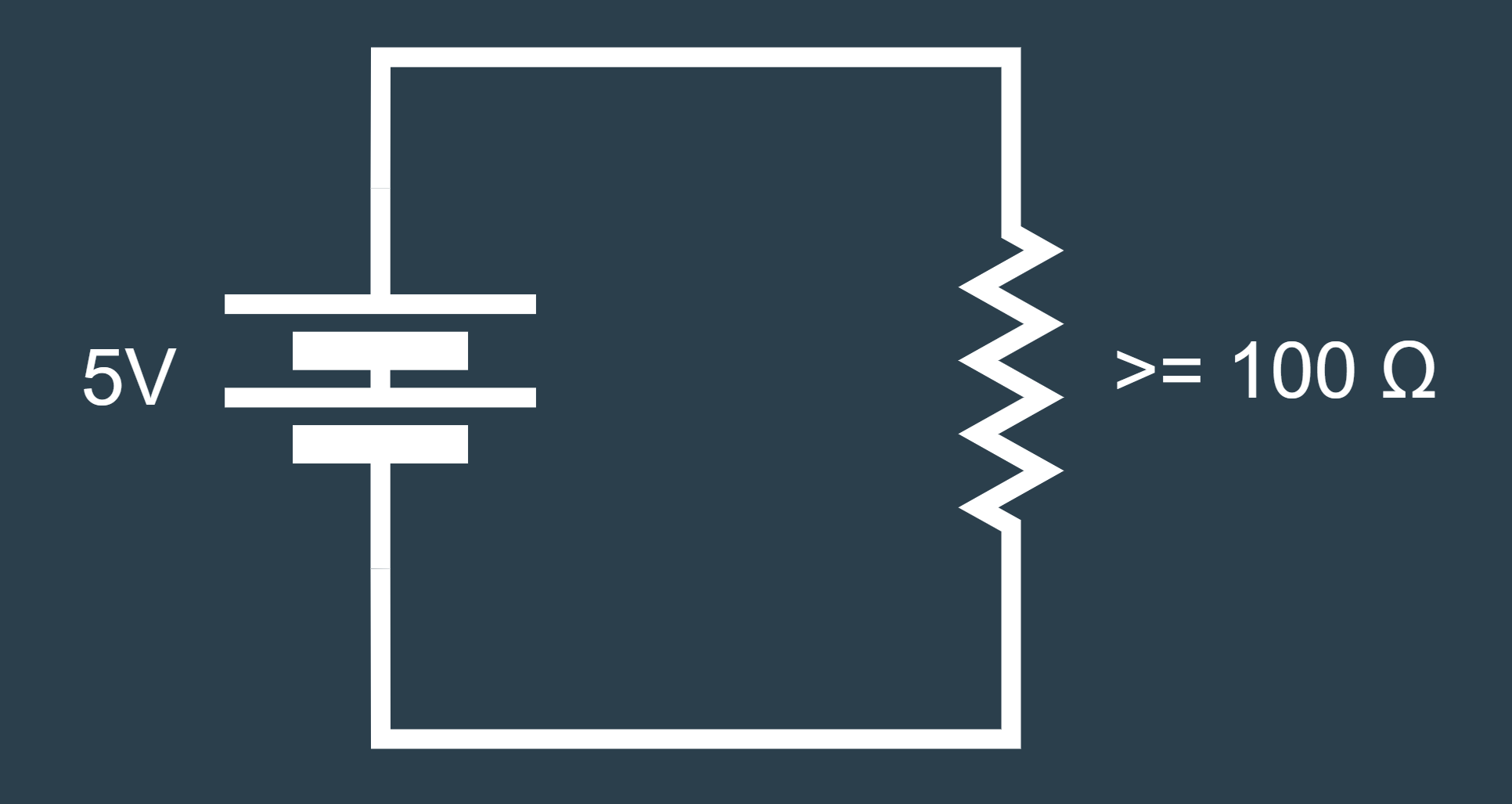- Published on
Why did my Resistor Burn Up?
- Authors
- Name
- Tinker Assist
It's incredibly common for people, when new to electronics, to plug in that loose resistor grabbed off the table and to quickly regret it. Reckless placement of these components can result in a hot resistor, generate a gnarly smell, and ruin your resistor and other electronic components.
In almost all cases, it's best to error on the size of a resistor that is too large. We'll take a peek at your resistor's data sheet and Joule's law will tell us why!
Joule's Law
Joule's law is expressed as follows:
- P = Power (Watts)
- V = Voltage (Volts)
- R = Resistance (Ohms).
In most cases, the resistors used in electronics are rated to dissipate up to 1/4 (0.25) Watts of power. If we try to dissipate any more power than our resistor's data sheet calls out, we are at risk of burning the resistor!
Check out this resistor on digikey, locate the Product Attributes table, and find the "Power (Watts)" row. This is the value that is governing our circuit design.
Example

If we want to determine the lowest resistance we can use to dissipate a 5V potential difference (a resistor between 5V and 0V/ground), we can modify Joule's Law to read as
where
- V = 5 Volts
- P = 0.25 Watts
Thus, the minimum resistance we can safely dissipate 5V with is 100 Ohms.

Make sure to leverage Joule's Law and do a quick calculation before plugging in that resistor next time!